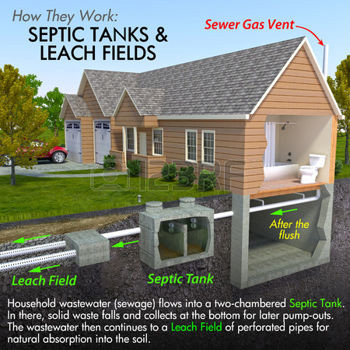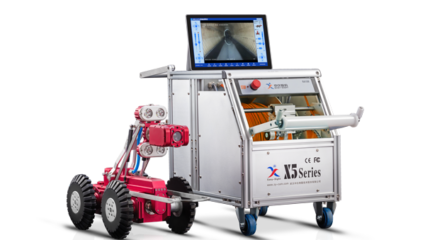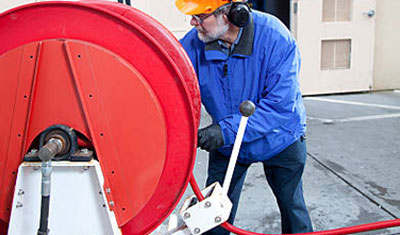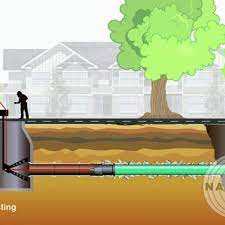Septic Tank Information Asked by our Customers

Understanding Conventional Septic Systems
Conventional septic systems, distinct from innovative/alternative (I/A) systems and cesspools, are the most prevalent type in residential use. These systems typically consist of three main components: a septic tank, a distribution box, and a soil absorption system (SAS). The septic tank’s primary function is to separate solid waste from wastewater, allowing only the liquid waste to pass into the SAS, where further treatment occurs before it disperses into the ground.
The Risks of Failing Septic Systems
A malfunctioning septic system can pose significant health risks by contaminating groundwater and surface water with pathogens and nutrients. Diseases such as dysentery, hepatitis, and typhoid fever can spread through inadequately treated wastewater. Additionally, nutrient overloads lead to algal blooms that damage aquatic ecosystems, close beaches, and negatively impact the fishing industry.
Identifying Issues with Your Septic System
Recognizing early signs of septic system failure is crucial for timely intervention. Indicators include:
- Muddy soil or pools of wastewater near the septic system.
- Unpleasant sewage odors around your property or inside your home.
- Water backups during routine household activities like laundry or showering.
If you notice any of these symptoms, immediate action is recommended. Contact GAC Company at (707) 538-8000 for expert assistance.
Cost-Saving Through Regular Maintenance
Maintaining your septic system isn’t just a good practice—it’s a cost-effective strategy. Regular inspections and pumping, costing between $150 to $800, are significantly less expensive than replacing a septic system, which can cost up to $45,000.
Best Practices for Septic System Care
To extend the life of your septic system and minimize the need for costly repairs, follow these guidelines:
- Regular Pumping: Pump your septic tank at least every 3 to 5 years, or annually if you use a garbage disposal.
- Water Conservation: Install water-efficient fixtures and repair leaks to reduce the volume of water entering the system.
- Proper Waste Disposal: Avoid flushing non-biodegradable items and chemicals that can disrupt the biological treatment process in your septic tank.
- Landscaping: Grow grass or small plants over the drain field area to prevent soil erosion but avoid planting trees nearby as roots can damage the pipes.
Common Misconceptions and Precautions
- Chemical Additives: Commercial septic additives often claim to enhance system performance but may not resolve underlying issues and could harm the system. Stick to natural maintenance practices instead.
- Disposal of Hazardous Materials: Never dispose of paint, solvents, or other hazardous materials in your septic system as they can cause serious damage and environmental contamination.
Conclusion
Proper understanding and maintenance of your conventional septic system can prevent costly repairs, protect the environment, and ensure the health and safety of your household and community. For comprehensive guidance and professional service, visit GAC Plumbing Company’s website or call our expert team.





